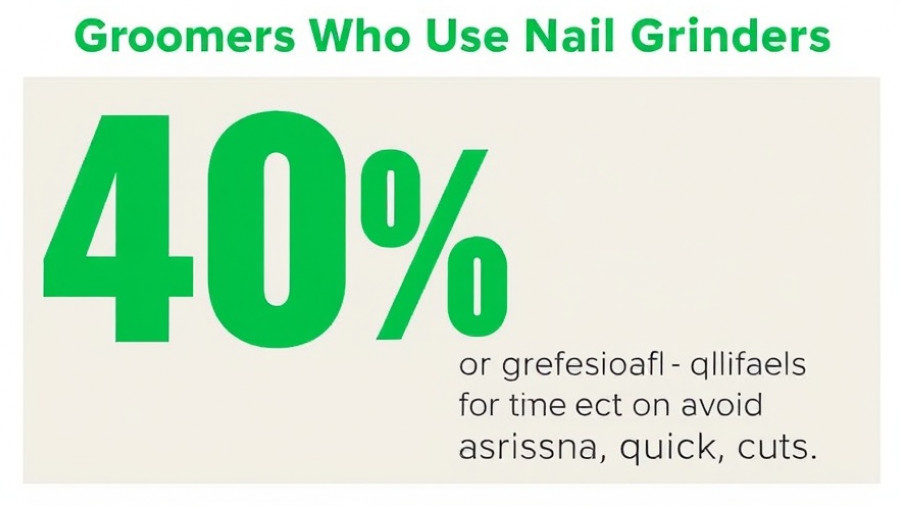
Ensuring Large Dog Car Safety: The Essentials
Traveling with a large dog requires more than just a leash and a trusty backseat; it demands diligent attention to safety protocols. Inadequate restraint can transform your beloved pet into a menacing projectile in the event of a collision, posing a risk not only to themselves but also to fellow passengers. As pet owners, understanding the value of proper safety equipment is paramount. It’s a matter of ensuring peace of mind while supporting responsible pet ownership.
The Right Equipment to Secure Your Canine Companion
When selecting safety gear, crash-tested harnesses are your best bet. According to the Center for Pet Safety, these harnesses are the only ones that guarantee adequate protection in the event of an accident. Products like the Sleepypod Clickit Sport stand out due to their dual utility: they work as everyday walking harnesses and provide top-notch safety for car travel. It’s essential to avoid standard dog seat belts, as they often fail catastrophically, offering no protection for larger breeds.
Choosing the Perfect Harness for Size and Fit
Understanding your dog’s dimensions is critical for selecting a suitable harness. Medium-sized dogs (50-80 pounds) require harnesses designed specifically for their weight category, complete with padded straps and reinforced chest plates. Larger breeds exceeding 80 pounds necessitate sturdier models with wider weight distribution panels. The universally applicable two-finger fit rule applies here: you should be able to fit two fingers snugly under the harness without compromising comfort or safety.
Crates vs. Barriers: Which is Safer?
Crates consistently outperform barriers when it comes to protection during travel. While some owners may consider barriers for containment, they provide no security against the forces of a crash. The Gunner G1 kennel, which has earned accolades for its durability and safety features, exemplifies the kind of crate necessary for highway travel. Proper installation of crates is crucial; they should be tightly secured using multiple anchor points to avoid unwanted movement.
Installation: The Key to Effective Safety Equipment
The proper installation of restraints significantly affects their efficacy. Many pet owners unknowingly compromise their dog’s safety due to improper setups. For harnesses, ensure that they connect directly with the vehicle’s seat belt buckle, avoiding any additional slack. In the case of crates, utilize tie-down straps to secure the crate to the vehicle, making sure they straddle at least three anchor points.
Your Dog’s Training: A Necessary Component
Not only does safety equipment matter, but proper acclimation training for your dog is equally important. Begin by introducing the harness in familiar surroundings. Gradually increase their comfort level by allowing them time to wear it indoors before transitioning to car rides. Pair the experience with positive reinforcements, treats, and ample praise.
Practical Tips for Stress-Free Travel
Once the gear is in place, preparation for travel involves ensuring your dog’s comfort. Always secure your dog in the back seat away from airbag deployment zones. Maintain a comfortable cabin temperature, provide water breaks every few hours, and never leave your dog unattended. These careful considerations can mitigate travel anxiety for your canine companion and lead to a more enjoyable journey for both of you.
Why Safe Car Travel Should Matter to Every Pet Owner
It’s clear that ensuring safety for large dogs during car travel is a mix of using the right equipment and understanding how to implement it effectively. Not only does this ensure the well-being of our furry friends, but it also enhances the overall traveling experience, freeing pet owners from anxiety and contributing to a safe environment for all passengers.
 Add Row
Add Row  Add
Add 




Write A Comment